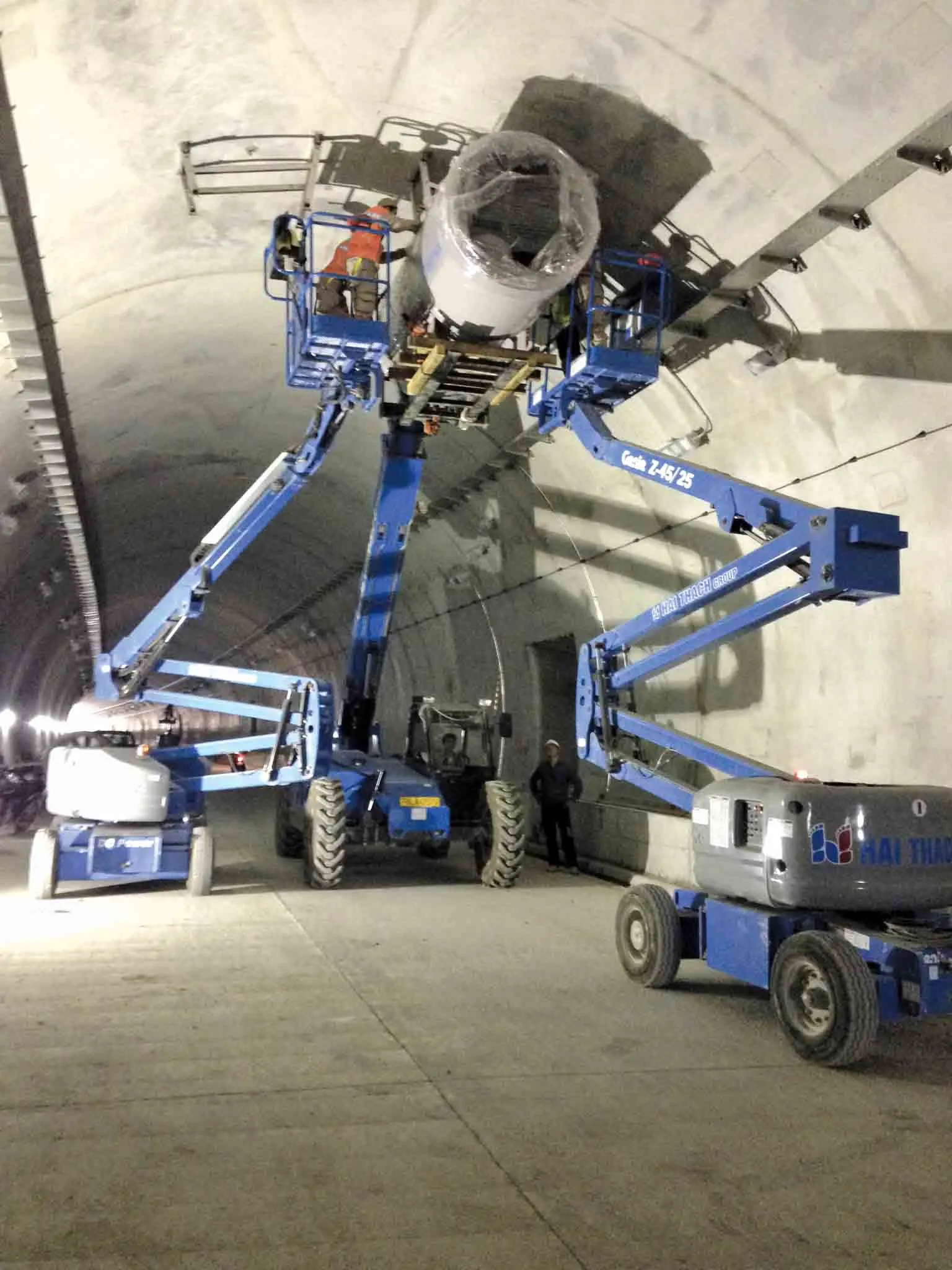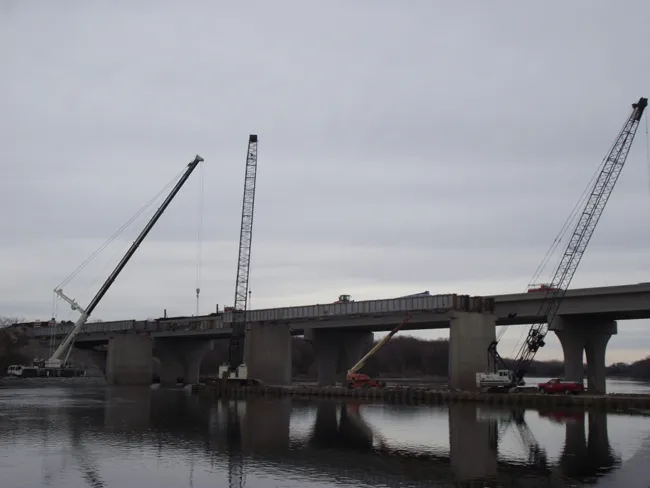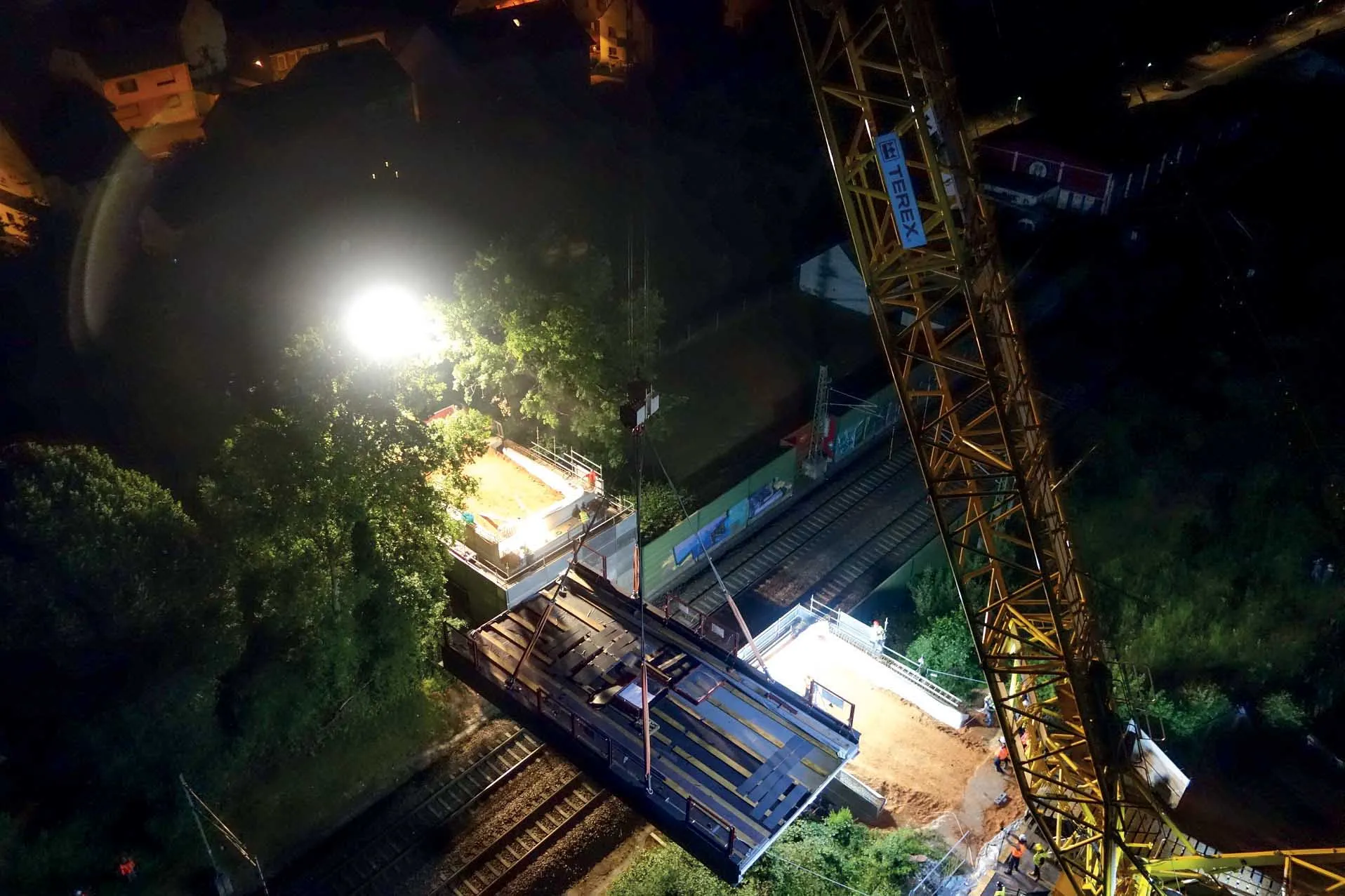
A new tunnel link in Vietnam will help boost road safety for drivers. This new twin tube tunnel connection will replace, the Ca Mountain Pass, a steep and dangerous mountain route in Vietnam
The 33m high and 8km scenic mountain pass crosses Dai Lanh Mountain, located between Phu Yen and Khanh Hoa, two south-central provinces. The road is the site of many crashes, due to its dangerous bends and steep slopes. With growing industry and economic development as well as tourism in the provinces, the Vietnamese Government saw the need to build a safer, more direct route between these neighbouring provinces.
In late 2012, Vietnam’s Ministry of Transport launched a project to build a tunnel through the Ca Mountain. The tunnel should reduce travel time by 75% and save at least US$10 million/year in transportation costs. The Deo Ca Tunnel features twin 3.9km tunnels, each with two traffic lanes. The project is due for completion by the end of 2017.
The main construction work was completed in June 2015, with the project then beginning installation of the mechanical and electrical components for the fire alarm, camera and electrical circuitry. One of the main jobs was the installation of huge air ducts. Each duct section is around 1.52m in diameter, 3.3m long and weighs 980kg. These needed to be installed one by one in a tight space of not more than 8.5m wide.
To carry out this tricky task, one
“A width of 8.5m is very tight space for installing such large air ducts,” said Vo Thuy Linh, vice president of Hai Thach Group, the company contracted to do the installation. “We made a lot of careful consideration by studying the right machines to use for this project.”
The GTH-844 telehandler was used to lift the air ducts and was chosen for the job because of its versatility. It periscopes vertically and can also reach out horizontally. This helps with fast positioning of the air ducts, while workers standing in Z-45/25 booms can work on final installation. The machine is 2.48m wide, with a lift capacity of 3.63tonnes and a maximum lifting height of 13.4m, making it suitable for the heavy-duty work of loading and moving the air ducts.
The Z-45/25 access platform was used to lift workers to the appropriate heights. It has a platform rotation of 180° and a turntable rotation of 355°, with a working height of 15.87m and a lift capacity of 227kg. The Z-45/25 also has a tight turning radius and zero tail swing for manoeuvring in confined work areas, as well as being electric for emission-free operation in a road tunnel. The project required only five workers to complete the installation job in five days, while there were zero accidents during the operation.








